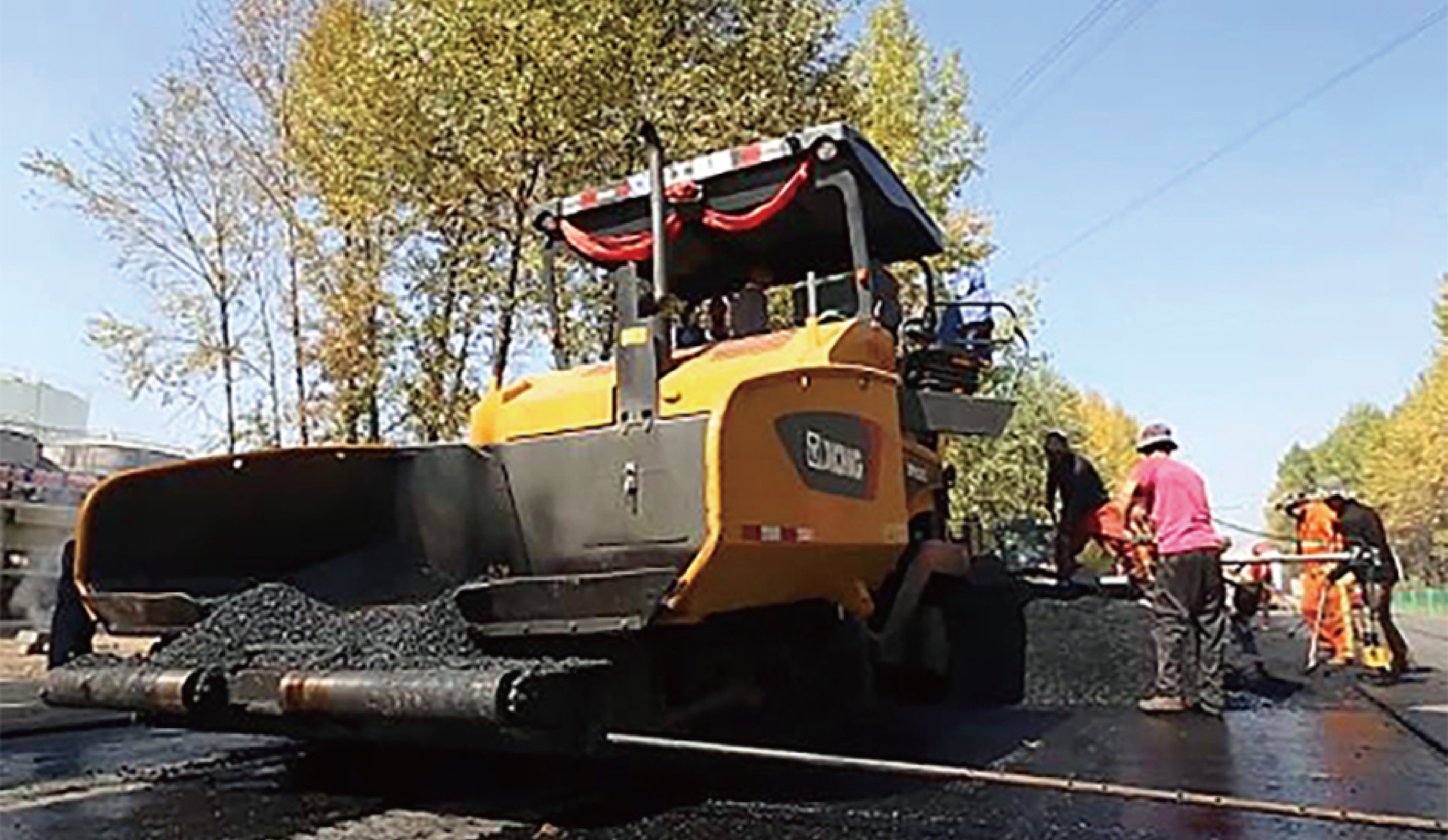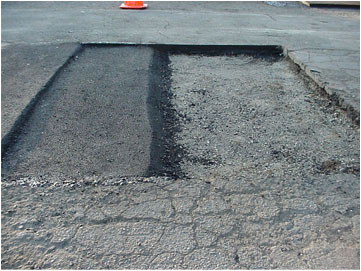A1 Professional Asphalt & Sealing Llc - Questions
A1 Professional Asphalt & Sealing Llc - Questions
Blog Article
A1 Professional Asphalt & Sealing Llc Can Be Fun For Anyone
Table of ContentsNot known Details About A1 Professional Asphalt & Sealing Llc Our A1 Professional Asphalt & Sealing Llc PDFsWhat Does A1 Professional Asphalt & Sealing Llc Mean?The smart Trick of A1 Professional Asphalt & Sealing Llc That Nobody is Talking AboutA1 Professional Asphalt & Sealing Llc Fundamentals Explained

The oil in a car engine is not just oil. It includes a selection of additives to enhance the automobile's efficiency. These include polymers, thickness modifiers, warm stabilizers, additional lubricating substances, and wear additives. The REOB consists of all the additives that were in the waste oil along with the wear steels from the engine (primarily iron and copper).
By making many blends utilizing different REOB samples and different asphalt binders, the variations mainly can be averaged out. A number of States offered examples of recognized REOB composition to TFHRC researchers, that evaluated the examples to compare the percent of added (recognized) REOB to the discovered (evaluated) quantity. The evaluations showed a comparable percentage of added and found REOB.
Getting My A1 Professional Asphalt & Sealing Llc To Work
They got a frustrating action. The TFHRC scientists analyzed 1,532 samples from 40 States, one Canadian district, and 2 Federal Lands Highway departments. They evaluated each example twiceamounting to even more than 3,000 evaluations. None of those States recognized that the asphalt they were getting included REOB. One State urged its examples had no REOB.
Of the 1,532 samples examined, 12 percent included REOB, and some included substantially high levels of it at 1020 percent. The highest degree was 34 percent in a sample from Texas, which TxDOT had actually made use of in a patching compound. This screening likewise revealed the visibility of phosphoric acid in 11 percent of the samples, and 2 percent included ground tire rubber.
Two years ago at TRB's annual conference, the Federal scientists held an REOB workshop and offered the findings of their laboratory assessments to a standing room-only crowd. Some companies do not specifically outlaw REOB, they do enforce physical examinations that prevent its useeffectively a ban. Others do not outlaw it by specification, but have contracts with asphalt vendors to avoid making use of REOB
About A1 Professional Asphalt & Sealing Llc
A handful do permit REOB, some within certain limitations. Ohio and Texas restriction levels to much less than 5 percent of the asphalt. To create a trusted test technique that all States can make use of, the TFHRC scientists established up a round-robin examination plan. The individuals are 11 State highway firms (Illinois, Massachusetts, Minnesota, Mississippi, Montana, North Carolina, Oklahoma, South Carolina, Texas, Vermont, and Wyoming), 2 independent screening laboratories, the Ministry of Transport in Ontario, Queen's College in Ontario, and an Ontario paving contractor.
In total amount, the scientists prepared and shipped 720 blends. The individuals are checking the examples independently utilizing the guidelines offered by the TFHRC scientists. The round-robin testing is virtually completed, and TFHRC remains in the procedure of collecting the outcomes. The output will be a proposed AASHTO examination approach that any type of State can embrace and use (what is cold mix asphalt).
The sidewalk with REOB, which lies 0.6 mile (1 kilometer) from the pavement without REOB, has the same subgrade, traffic thickness, and environment. The sector of Highway655 with 5 to 10 percent REOB showed substantial breaking. In this instance, the existence of REOB was the determined cause of cracking at a low temperature levels.
"In our experience in copyright, even small quantities of 23 percent can be a problem." A section of test sidewalk in Minnesota (MN1-4) located to consist of REOB additionally fractured prematurely. The sidewalk performed well for the very first 3 to 4 years, yet then began to break. This sidewalk is also based on reduced temperature levels.
The 6-Minute Rule for A1 Professional Asphalt & Sealing Llc
The examinations were not comprehensive, yet they revealed that at levels of 6 percent or more, the tensile strength of the useful source asphalt dropped dramatically. At a degree of 3.5 percent REOB, the variation in the physical examination techniques was above the impact of REOB. It was difficult for scientists to assess whether REOB was present. https://dzone.com/users/5132987/a1asphaltseal.html.

One binder specification taken into consideration is the distinction in between the reduced temperature level vital specification temperature level for tightness (S) in the bending beam rheometer and the flexing beam rheometer creep incline (m-value) kept in mind as Tcritical. TC = TC (S) TC (m-value). Evaluation of this specification is still ongoing. 2 independent research groups, one from AASHTO and the other from the Asphalt Institute, concluded that even more research is required on using REOB in asphalt.
Formerly, all asphalt screening measured engineering homes such as rigidity. These examinations do not show what materials had been added to the asphalt. One example received throughout the TFHRC study had a really strange analysis. The example had the complying with test outcomes: Superpave PG 64-28 with a heat grade of 67.3 Tcritical on the bending light beam rheometer was 6.7 levels Celsius.

Not known Facts About A1 Professional Asphalt & Sealing Llc
These outcomes show there are weak points in the standardized engineering testing methods that might be manipulated. The producer might have a financial advantage and the item passes all the standard examinations, yet the item may not be beneficial to making sure lasting efficiency. To address this issue and the growth of new asphalt additives and extenders, TFHRC is beginning a research program to make use of handheld spectroscopic tools, x-ray fluorescence spectroscopy, and Fourier change infrared spectroscopy to enable analyses to be carried out in the area as opposed to having to take examples back to the lab.
Report this page